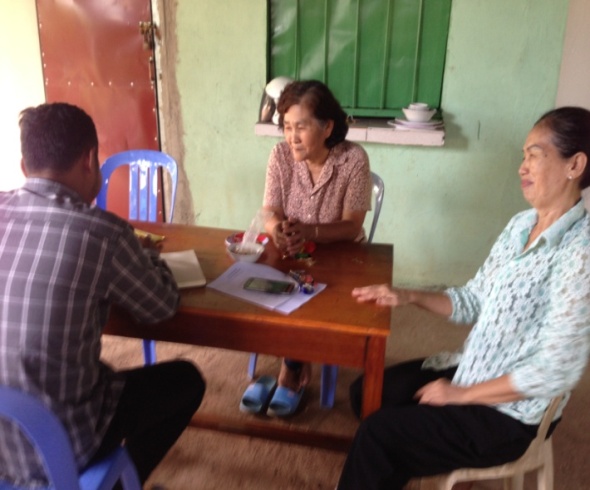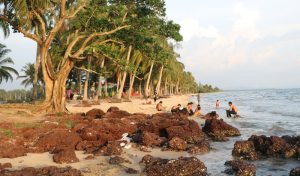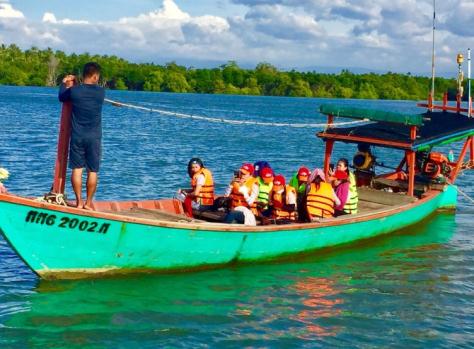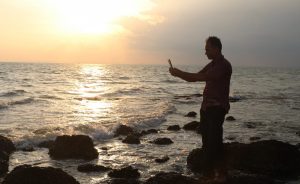Tumnob Rolok commune is on the coast of Kampong Som Bay in Steung Hav District. The population is mostly poor, and 80% of the people depend on fishing in the sea and seafood processing. The remaining 20% work mainly in the services sector. Their living situation is not good enough for a happy life. They fish in the sea, and they process seafood in traditional ways without the skills and techniques needed for producing foods that meet modern market requirements.
To address this situation, Morodok initiated discussions among community people to consider using community revolving funds (CRF) for the community’s development. The community people strongly supported creation of a revolving fund, and 5 committee members were elected to the CRF management committee to assist community people to get loans for improving their businesses.
Morodok provided technical support to build their capacity in financial management, loan management, and development of structures, rules and regulations for the CRF to run effectively.
Members of the CRF now have the ability to process the funds well. Community members are happy to access the funds for their small businesses.
Mrs. Si Eav, leader of the CRF, said that “Before having the CRF, community people tried to access loans from microfinance institutions where they needed to provide a certificate of property ownership. It is so difficult for poor people. Since the CRF was established, poor people can get loans from the CRF without a certificate of property.”
She expressed that “I almost did not believe myself that I can lead and manage the finances of the CRF effectively with the entrepreneur groups; but I have now obtained skills and received training in leadership, management, loan management and business skills from Morodok. I think that the CRF is good for helping poor people in my community to develop and improve their social economic development, and I will try my best to continue working with the CRF more.”




